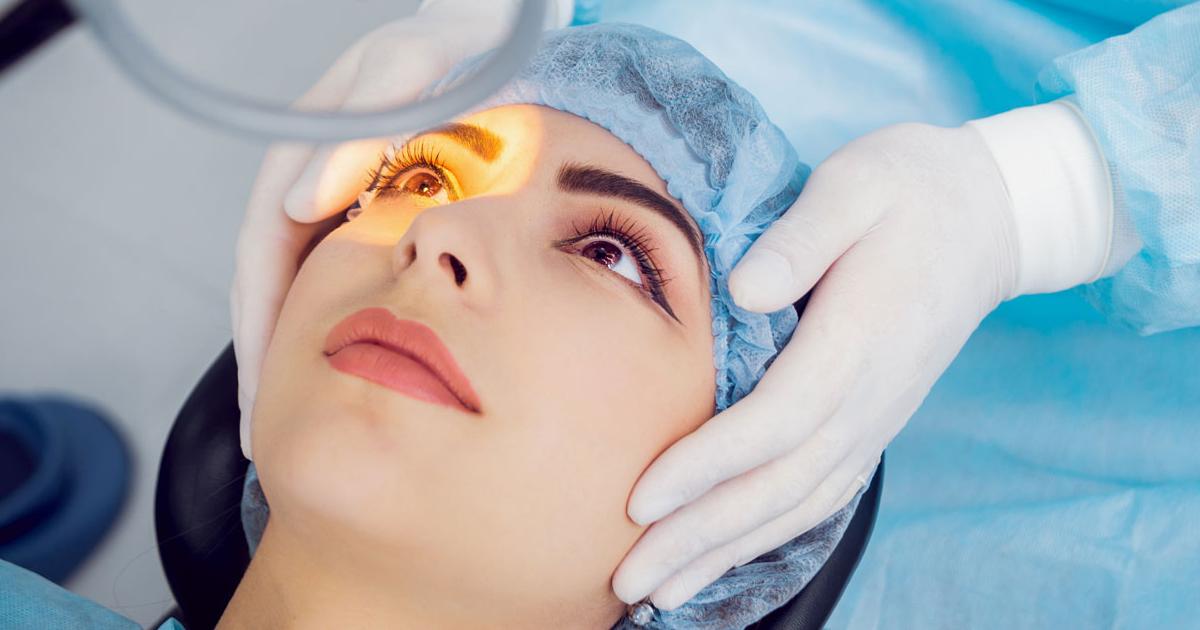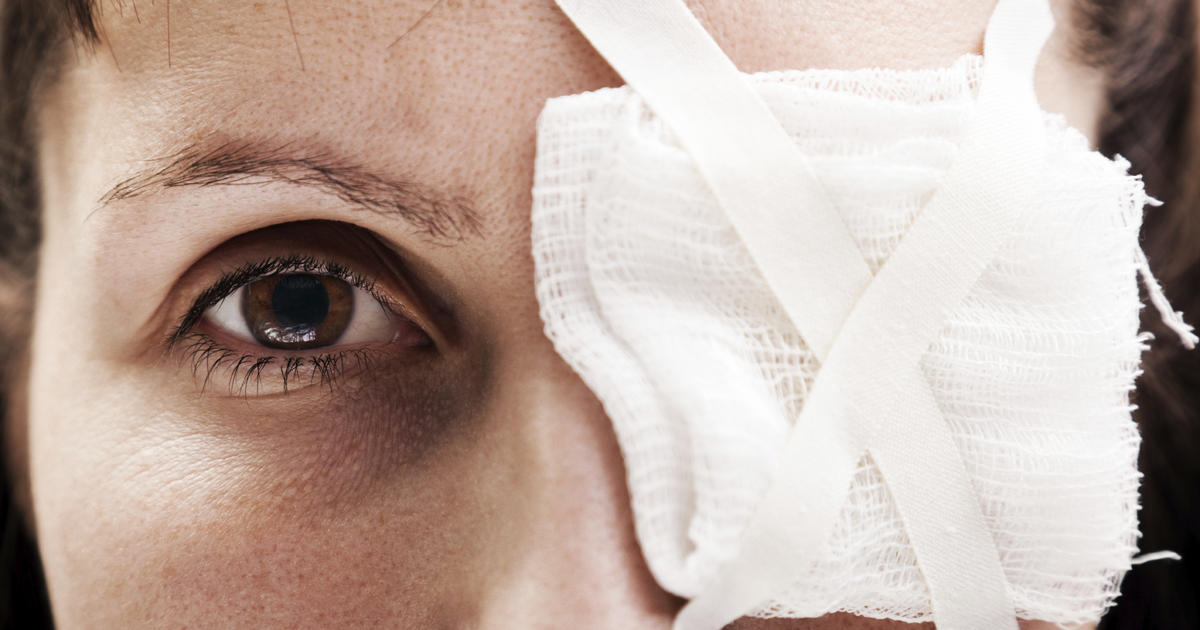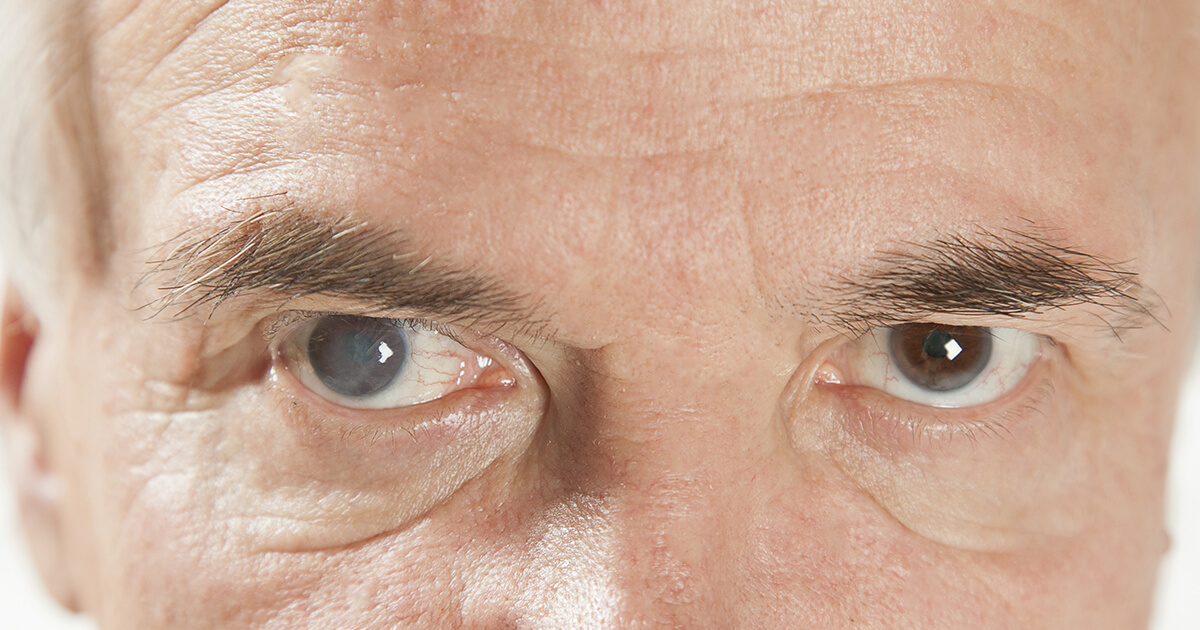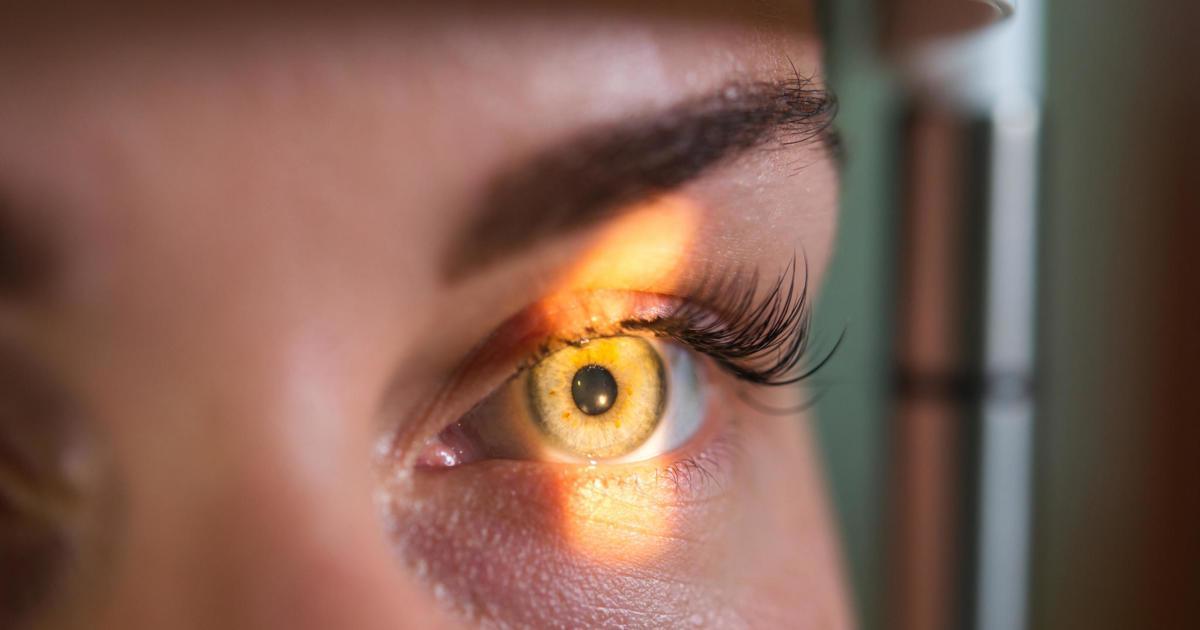Cataracts: The Causes And Symptoms
A cataract is a term used to describe a condition in which normally clear eye lens becomes cloudy, causing blurry vision similar to looking through a foggy window. Cloudy vision is quite dangerous, as it may cause difficulty reading and driving, especially at night. As cataracts are slow forming, they might not cause any problems at first, but over time, they will cause vision problems. Eyeglasses and better lighting may help improve symptoms of cataracts; however, surgery may eventually be required if the clouding becomes worse.
Start reading now to learn about the different causes, risk factors, and symptoms of cataracts.
Risk Factors

Many risk factors associated with an increased danger of developing cataracts are environmental, meaning they are due to lifestyle habits or conditions that can be improved to reduce the chance of developing the disease. Examples include overexposure to sunlight, obesity, diabetes, smoking, aging, previous eye disorders or surgeries, high blood pressure, alcoholism, and prolonged use of corticosteroid medications. Eating a diet high in fruits and vegetables, exercising regularly, getting plenty of sleep, and wearing sun protection may help reduce the risk of developing cataracts.
Although cataracts can affect anyone at any age, they are most common in older individuals. Research indicates over forty percent of individuals in the United States aged seventy-five years and older may have some form of clouding eye lens. By age eighty, over half of all Americans will experience problems with their vision due to cataracts. Nuclear cataracts are more likely to develop in airline pilots as they are exposed to ionizing radiation, and this risk also increases as the pilots age, since they are spending more time exposed to their risk factor.
Next, discover the various causes of this eye condition.
Common Causes

Cataracts are one of the most common eye disorders worldwide. In fact, they are so common they are actually the leading cause of vision loss in patients over the age of forty. This condition typically occurs with aging or when there is a change in the tissue of the eye’s lens. Individuals may develop cataracts due to the presence of a genetic disorder, though they can also be caused by other eye problems, previous eye surgeries, medical conditions such as diabetes, and long-term use of steroid medications.
Dive into the details when it comes to each potential cause of cataracts now.
Previous Eye Surgery

Some medical procedures done to treat other eye diseases or conditions may carry the complication of causing a secondary cataract to develop. Procedures involving the use of laser energy or a penetrative incision into an individual's eye lens are known to cause a traumatic cataract in some cases. Any penetration of the lens can cause ocular tissue displacement that results in a disruption of the lens fibers. When these fibers are disrupted, the tissues in the lens can start to break down and clump together. This clumping causes the affected individual to have clouding in their lens, which then causes problems with vision.
Although a very small percentage of cataracts are a secondary result of previous eye surgery, there is still a small number of individuals who have this adverse complication. The procedures used to treat an individual's glaucoma or high pressure inside of the eye due to an inadequacy of fluid drainage are often known to cause the initiation of cataracts or worsen any existing cataracts. However, many individuals elect to take such a risk because the damage done to the eye by untreated glaucoma is irreversible, whereas cataracts can be removed.
Keep reading to learn more details about the mentioned causes of cataracts now.
Excessive Sunlight Exposure

Excessive sunlight exposure is known to cause age-related cataracts to develop faster in eyes exposed to excessive amounts of sunlight over time. The sun emits ultraviolet energy in the form of UVA, UVB, and UVC rays. The type of rays responsible for most cases of skin cancer and sunburns are UVB rays that reach the earth. There is a higher prevalence of cortical cataracts in individuals who have exposed their eyes to excessive amounts of UVB rays from the sun. Cortical cataracts are best described as white clumps of tissue that develop in the peripheral or outside of an individual's eye lens or the lens cortex. The sunlight is known to cause water content changes in the fibers of the lens, which causes the formation of small openings or fissures in the lens. These fissures or clefts have the appearance of wheel spokes that radiate from the center to the outside edge of the lens. This type of cataract causes the patient to have difficulty with glares, depth perception, blurred vision, and contrast because the light that enters their eye scatters inappropriately. Using sunglasses certified to block out UVB rays can help prevent the development or worsening of cataracts.
Continue for more on the different causes of cataracts now.
High Blood Pressure

Prolonged high blood pressure has the potential to cause the development of cataracts in an individual's eye lens. There are two different mechanisms that can make a contribution to this cause. Anti-hypertension medications are known to cause a disruption in the healthy electrolyte balance across the membrane that covers an individual's lens fibers. Additionally, another type of medicine commonly used to treat individuals affected by high blood pressure called beta blockers can increase levels of a molecule that stimulates changes in the lens proteins. These protein alterations can cause the formation of clumps in the lens, or cataracts. The other mechanism by which high blood pressure can cause the formation of cataracts is due to the intense systemic inflammation that it causes. This type of widespread inflammation is an immune system reaction to the damage high blood pressure is inflicting on blood vessels around the body. Because there are many blood vessels in and around the eyes, concentrated inflammation can occur in that region. This inflammation causes an increase in the levels of C-reactive protein that can induce alterations in the structural arrangement of tissues in the eye lens. These changes are known to stimulate the development of cataracts or clumps of cloudy tissue in the lens.
Uncover more detailed information regarding what can result in cataracts now.
Eye Injury Or Inflammation

When an individual suffers from an eye injury or inflammation in the eyes, cataracts can form as a result. Cataracts develop when there is a disturbance in the fibers that make up the eye lens. An injury to the eye, such as anything that causes blunt trauma is capable of easily disturbing the lens fibers. Injuries involving any form of penetration to even just the outer layer of the eye can significantly disturb the structural arrangement of the lens fibers. When an injury to the eye or inflammation causes an accelerated breakdown of lens tissues, a cataract may also form. This type of cataract is considered a traumatic cataract. Inflammation alone has been known to be a trigger for cataracts, as the molecules that accumulate as a result of inflammation can cause lens fiber structure alterations. Any type of injury to the eye or region around the eye will trigger the individual's immune system to produce an inflammatory response that summons such molecules to the site. Eye injury can develop from prolonged radiation exposure from the use of radiation therapy in the treatment of nearby areas of the body.
Read more about factors that can induce the development of cataracts now.
Prolonged Use Of Corticosteroids

Corticosteroids describe medications that help with immune system suppression and the reduction of inflammation. While this action may seem counterintuitive when it comes to the healing of injury and illness, corticosteroids are very helpful in the long-term management of numerous conditions. Some of these conditions include lupus, allergies, Addison's disease, and rheumatoid arthritis. This type of drug is also used in individuals who have received transplants to prevent their body from rejecting the donor organ. Cataract development is a known risk of taking high doses or long-term courses of corticosteroids. The type of cataract most associated with the use of corticosteroids is called a posterior subcapsular cataract, which forms more quickly than other types and is located in the region towards the back of the individual's lens. Posterior subcapsular cataracts cause an affected individual to have vision problems, and particularly with their ability to see objects close up.
Keep reading to reveal what lifestyle habit can cause cataracts to develop in many patients.
Smoking

Research shows individuals who smoke may experience cataract symptoms earlier in life compared to those who do not smoke, and their risk increases the more they smoke. Smoking also raises an individual’s risk of developing other eye disorders, such as glaucoma, age-related macular degeneration, and diabetic retinopathy. Reportedly, smokers are about three times more likely to develop cataracts than the rest of the population. Medications and therapies, such as patches and special gum, are available to help smokers kick the habit. Some individuals can stop smoking cold turkey while others need to reduce the amount they smoke gradually.
Uncover this next major cause of cataracts now.
Obesity

Type two diabetes increases the risk of cataracts, and as obesity is one of the leading causes of type two diabetes, it is important to develop healthy lifestyle habits early in life to preserve eye health. The antioxidants lutein and zeaxanthin have been shown to protect eye health. They also help promote a healthy weight by naturally detoxifying free radicals in the body. Foods high in lutein and zeaxanthin are spinach, orange pepper, kale, and egg yolks. Individuals looking to control their weight to prevent cataracts should also look to exercising on a regular basis in addition to making improvements in their diet.
Learn about the various symptoms of cataracts next.
Symptoms

Symptoms of cataracts may take years to develop fully, though the condition begins with a gradual clouding of the eye lens. Symptoms may develop in both eyes but with various degrees. Cataracts may cause cloudy, misty, or otherwise blurry vision that is especially noticeable at night when it is dark. An individual with cataracts may also see small dots or specks floating in the air that blur their field of vision. Cataracts may sometimes cause impaired vision while there is a glare, such as on a computer screen in the sun, or very bright light.
Individuals with cataracts may experience a dulling of colors and difficulty reading. Eventually, reading may become impossible for affected individuals as their ability to focus diminishes. An increased need to use glass more often might be a sign of cataracts as well. But sometimes, even when glasses are used more, a patient's eyesight does not improve. An individual dealing with cataracts may also see a halo or ring around bright lights such as street lights or headlights of cars. They may also deal with double vision in one eye.
Unveil an important detail about cataracts many believe to be true now.
Cataracts Are Not Painful

While cataracts may be visible to the naked eye, they are, thankfully, not usually a condition that causes pain. If blurry vision accompanies irritation, itching, redness, or aching in the affected eye(s), it could be a sign of another eye disorder and thus, should be evaluated by a profession and treated appropriately as soon as possible. Cataracts may cause the affected individual to blink more in an attempt to clear their vision. Hypermature cataracts occur when the lens becomes inflamed and completely white. This form of cataracts may cause patients some pain and thus, these cataracts will likely need to be removed.